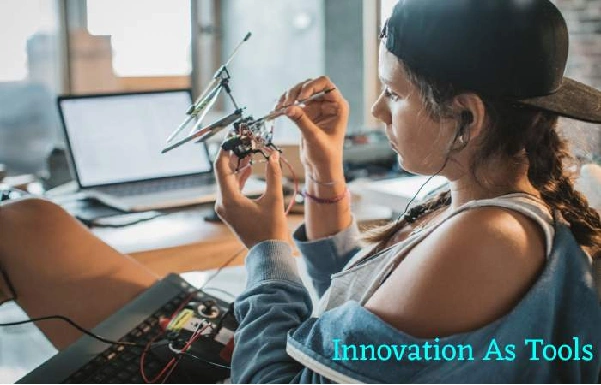Table of Contents
Introduction
Technology and innovation as tools for creating new technologies do not usually come from excluded groups and therefore do not address their problems. As a result, there is a bias in the generation of technology perpetuated by the context of inequality. It is necessary to compensate for this bias and put technology at the service of everyone.
At I-Lab, we have developed a methodology that incorporates the beneficiaries to define the problem adequately. Furthermore, we employ cooperation between public and private entities and the community in the search for solutions since we know that citizens have one of their problems and, therefore, need to move from the margin to the very center of the innovation process so that their needs can be met.
Inclusive Sports Challenge
It has supported more than 500 children with disabilities to expand their opportunities, thus improving their education and social and economic inclusion.
This social innovation approach of the I-Lab has been apply in different sectors and countries through the launch of problem. And solution contests on specific topics such as financial inclusion, access to water and energy, road safety, territorial development, reintegration of private persons’ freedom, the inclusion of people with disabilities and reduction of food loss and waste, among others.
- Only 24% of people with severely limited disabilities dedicate their free time to sports activities and hobbies and,
- Only 6% are associate with sports and professional groups.
- Sports and recreational facilities are often not accessible to people with disabilities. Making it difficult or preventing their attendance at sporting events and sports practice.
- There is a limited supply of sports equipment suitable for the practice of different sports, depending on the type of disability: sound balls for blind people, and Paralympic wheelchairs, among others.
- Finally, there is a shortage of teachers specialize in adapted sports. Sports clubs for people with disabilities, and human resources with knowledge about adapted sports.
Involve the Beneficiaries

A Survey Table was develop, guided by facilitators, whose objective was to identify the main challenges children. And young people with disabilities face when accessing sports and recreational activities. The Survey Table had more than 30 participants from federations, national councils, sports clubs. And universities, academic units, associations, organizations, and ministries with knowledge on the subject or with some attention to disabilities (intellectual, auditory, physical or visual).
Awareness and Promotion
solutions aimed at participation in recreation and sports activities in safe environments for girls, boys, young people with disabilities, and their families Access and development: solutions focused on reducing or eliminating access barriers and providing adequate conditions for the development of recreational
Conclusion
These projects demonstrate the importance of the participation of the community itself in the Technology And Innovation process. The approach must be bottom-up if we want to give technology a social purpose. For this to happen, a space for exchange between a community that shares a problem. A space for interaction in a society that shares a problem and the knowledge, resources. And also networks to solve it is require.
